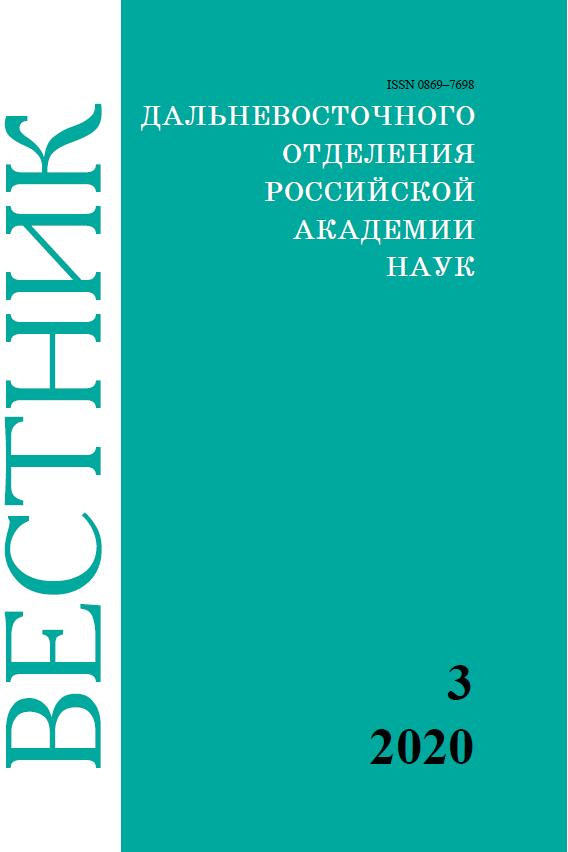The Ussuri Bay: shallow water pollution by heavy metals and its assessment using brown algae. N.K. KHRISTOFOROVA, A.D. KOBZAR, R.A. GRIGOROV
Keywords:
the Ussuri Bay, Peter the Great Bay, pollution, heavy metals, bioindication, Sargassum pallidum, S. miyabei, Stephanocystis crassipesAbstract
The Ussuri Bay: shallow water pollution by heavy metals and its assessment using brown algae. N.K. KHRISTOFOROVA1,2, A.D. KOBZAR1, R.A. GRIGOROV1 ( 1Far Eastern Federal University, Vladivostok; 2Pacific Institute of Geography, FEB RAS, Vladivostok).
Based on the data on the content of Fe, Zn, Cu, Cd, and Ni in macrophyte brown algae Sargassum pallidum, S. miyabei, and Stephanocystis crassipes, as accumulating bioindicators collected in July 2017 along the coast of the Ussuri Bay, an impression on the conditions of the coastal waters of the Bay was gained. It was established that the concentrations of heavy metals at most stations are within the background range for the species under study in the northwestern part of the Sea of Japan. It was also shown that a significant excess of the background of some metals, primarily Fe and Cu, is observed in the algae of the impact areas – Geller Cape and Muravyiny Cape at the top of the Bay, in the Promezhutochnaya Bay and Desantnaya Bay in the urban zone of Vladivostok.


